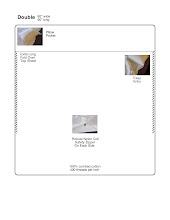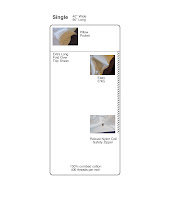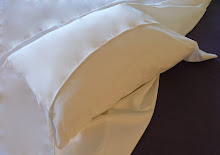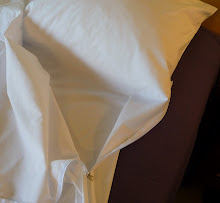Many people are sensitive to a variety of chemicals present in every day detergents and cosmetics. Some are affected by inhalation of scents or residues and some have contact sensitivities.
It is very difficult to isolate or determine which type of transmission affects specific people. It is a matter of trial and error, eliminating all possible causes and reintroducing each one, to determine sensitivity.
Inhaled sensitivities are the most difficult to solve. Some chemicals or pollutants don’t even have a scent or are undetectable. In some cases it’s the exterior environmental air that is the cause. Environmental pollutants are impossible to remove and some sufferers have to actually relocate to other geographical areas devoid of many air pollutants.
Contact sensitivities are easier to diagnose. Many times, it’s as simple as changing laundry detergent or cosmetics. Many household cleaning products can aggravate or cause reactions that mimic allergies. Using too much bleach or detergent, or simply not rinsing well enough, can be the cause of itchy dry skin or rashes.
Topical cosmetics like hand creams, perfumes and soaps can cause symptoms and are easily tested by process of elimination and reintroduction.Sometimes, just changing you laundry detergent or deodorant can solve the problem.
Sensitivities can be experience when a change in surroundings occurs. Many people report reactions to new environments, such as traveling or staying in different hotels or staying at a friends place. These types of contact sensitivities can be solved easily by utilizing a travel sheet to act as a physical barrier between you and the bedding.
Which ever type of sensitivity you suffer from, simple methods of elimination and reintroduction, before resorting to medication, are the easiest and safest way to determine if and what you are sensitive to.









No comments:
Post a Comment